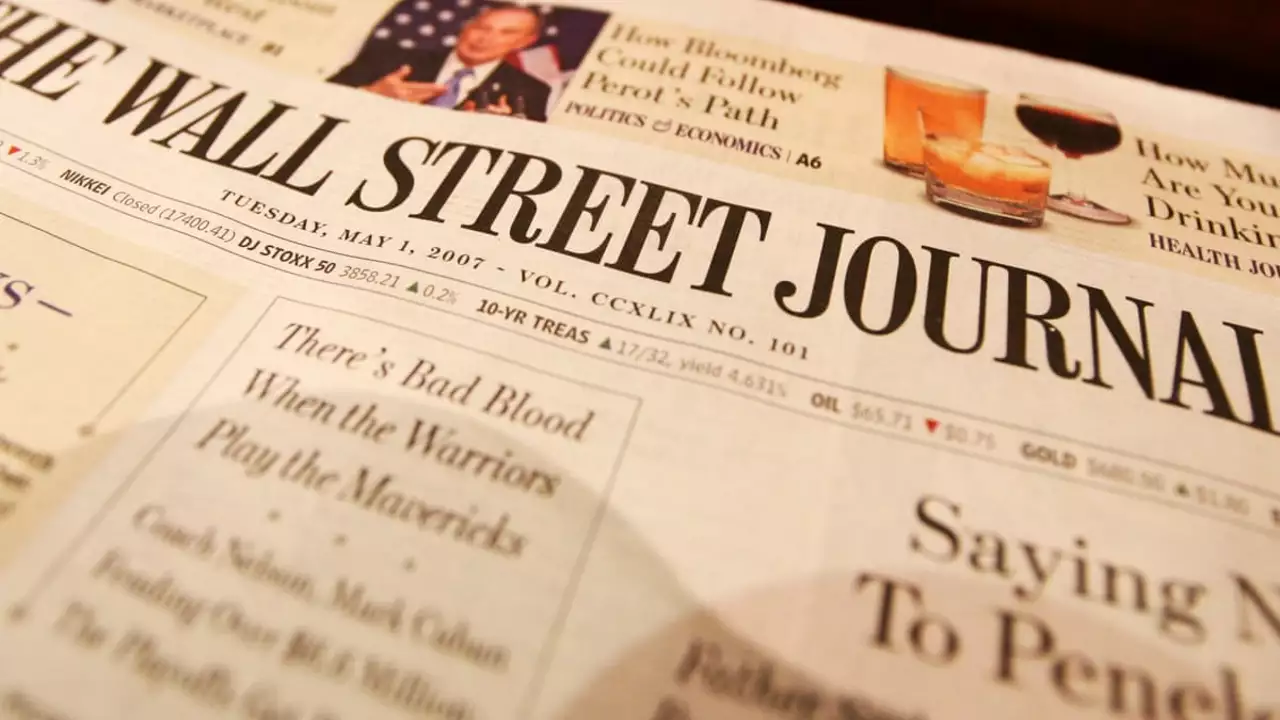Welcome to the hub where we talk about how Indian news has grown over the years. If you're curious about the old newspapers, the rise of online editions, or how the way we read news has changed, you are in the right place. This page bundles stories and facts that help you see the bigger picture of media in India.
Why does media history matter? Knowing where we started gives clues about where we are heading. When you understand the milestones—like the launch of a new printing press or the first web portal—you can spot patterns that shape today’s news landscape. It also helps you appreciate the technology that makes instant updates possible.
The journey began in the 19th century with print giants such as The Times of India, The Hindu and The Indian Express. These papers delivered news on paper, often once a day, and they built the trust that still fuels many brands today. Their archives now serve as a time capsule of political shifts, cultural trends, and social movements.
Fast forward to the late 20th century, and the internet started to knock on the newsroom doors. Editors began to ask, “Can we reach readers online?” The answer came in 1996 when one bold newspaper decided to test the waters. This decision sparked a wave that would later turn every major Indian paper into a digital entity.
In 1996, The Times of India launched the country’s very first online edition. It was a simple website with headlines, a few articles, and a basic layout, yet it signaled a massive shift. Readers could now check the news from a computer instead of waiting for the morning paper. This move made The Times of India a pioneer and set the stage for the digital news rush that followed.
Why was this step so revolutionary? At the time, internet connections were slow, and most people still relied on print. Yet the online edition showed that news could travel faster than a delivery boy. It also opened up new advertising possibilities and gave readers a glimpse of real‑time updates. Other newspapers soon copied the model, and by the early 2000s, most major dailies had a web presence.
Going digital didn’t just add a new channel; it rewired how people consume news. Suddenly, stories could be updated minute by minute, and readers could click on links for deeper analysis. Mobile phones later turned the internet into a pocket‑sized newsroom, meaning you could scroll through headlines while waiting for a bus. This instant access pushed print circulation down but created a vibrant online ecosystem of blogs, videos, and podcasts.
Today, almost every Indian newspaper lives on a website or app, and many experiments with AI‑driven personalization. The legacy of that first online edition lives on in every push notification you get about breaking news. If you want to dive deeper into specific milestones—like the rise of e‑papers or the impact of social media—check out the other posts in this category. They’ll give you a fuller picture of how India’s news story keeps evolving.

In the digital era, it's interesting to look back and see who started it all. The first newspaper to offer an online edition in India was The Times of India. They began publishing online in 1996, pioneering the digital newspaper frontier in the country. It was a revolutionary step that changed the landscape of news consumption in India. It's fascinating to see how far we've come from there, with virtually all newspapers now having an online presence.